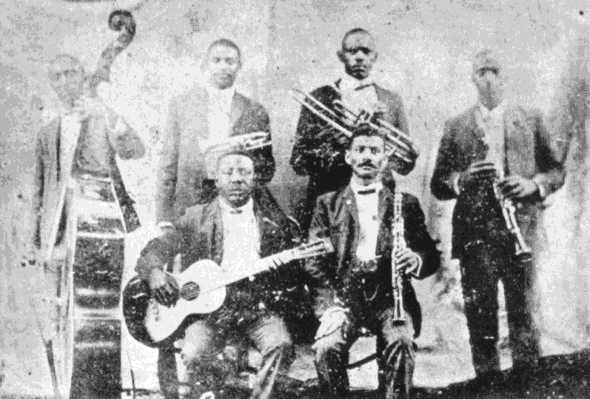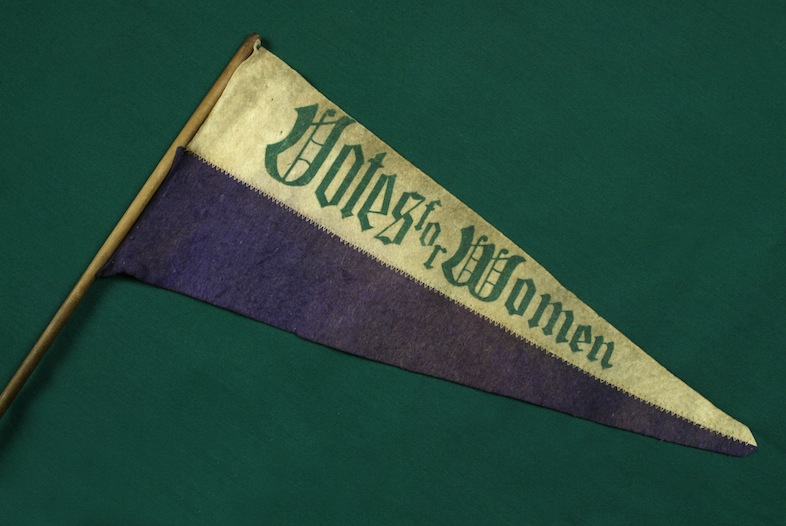Glen
Moderator
The reign of Pope Pius IX was the longest on record. This turned out to be a godsend for the nascent nation of the Roman Republic (comprised of the former Papal states). Pius had shown strong sympathies to the liberal cause before the outbreak of the revolution. After a rocky start, with the compromise that saw the Pope recognized as the head of state of the new Republic, Pius would oversee decades of stability, liberalization, and modernization for the nation. One thing that endeared him to the people of the Roman Republic was his humble, simple lifestyle. He lived a personal life beyond reproach, and became a model for personal integrity for his people.
With regards to reconciling the traditions of the Church with the new spirit of liberalism sweeping through the Republic, Pope Pius IX relied on his close advisor, Rosmini-Serbati. Pius also embraced and encouraged religious (though not prosetylatizing) tolerance, and is famous for opening the Jewish Ghetto of Rome.
Pope Pius IX worked with his elected cabinet in his role as head of state to create a new demarcation between the Pope's role as secular ruler of the land while also spiritual father of an international faith. While the democratically elected representatives and officials of the state would need to pledge to recognize, support, and defend the Catholic Faith, being a Cahtolic was not a requirement of candidacy, nor even an endorsement by a priest, which had been a tradition of the old Papal States. In his role as Father of the Roman Republic, Pius encouraged the use of national funds for the establishment of a robust rail system, new schools and universities, and modernization of farming methods throughout the land.
In his role as head of the church, Pius IX was to prove a strong Marian Pope, establishing that Mary was born without original sin. He also was famous for instituting the Vatican Council which gave strict limits to when and what pronouncements of the Pope fell under infallibility, the role of the Bishops in infallibility, and noted that in the Pope's secular role, infallibility did not apply. The Vatican Council also restated in the strongest terms Pope Pius IX's own papal bull regarding the prohibition of the exclusion by veto previously held by such nations as France, Spain, and Austria. France, which while still predominantly Catholic, had in the first half of the century moved away from involvement in Church politics, and made no objection. More moderate Spain had some qualms about this, but bowed to the right of the church to set the policy for the election of the pope. However, Austria-Hungary objected vociferously, leading for a time to the expulsion of the Austrian ambassador from the Roman Republic for insulting the Church.
Over his lengthy reign, Pope Pius IX created a record number of cardinals, including several from the United States of America. Pius over his thirty some-odd years of rule stacked the College of Cardinals with liberals, much to the chagrin of conservative Austria-Hungary and Prussia-Poland, and the delight of the liberal Western nations such as France. His death in 1880 set the stage for a confrontation between the aging Church conservatives of the East and the new liberals of the church.

With regards to reconciling the traditions of the Church with the new spirit of liberalism sweeping through the Republic, Pope Pius IX relied on his close advisor, Rosmini-Serbati. Pius also embraced and encouraged religious (though not prosetylatizing) tolerance, and is famous for opening the Jewish Ghetto of Rome.
Pope Pius IX worked with his elected cabinet in his role as head of state to create a new demarcation between the Pope's role as secular ruler of the land while also spiritual father of an international faith. While the democratically elected representatives and officials of the state would need to pledge to recognize, support, and defend the Catholic Faith, being a Cahtolic was not a requirement of candidacy, nor even an endorsement by a priest, which had been a tradition of the old Papal States. In his role as Father of the Roman Republic, Pius encouraged the use of national funds for the establishment of a robust rail system, new schools and universities, and modernization of farming methods throughout the land.
In his role as head of the church, Pius IX was to prove a strong Marian Pope, establishing that Mary was born without original sin. He also was famous for instituting the Vatican Council which gave strict limits to when and what pronouncements of the Pope fell under infallibility, the role of the Bishops in infallibility, and noted that in the Pope's secular role, infallibility did not apply. The Vatican Council also restated in the strongest terms Pope Pius IX's own papal bull regarding the prohibition of the exclusion by veto previously held by such nations as France, Spain, and Austria. France, which while still predominantly Catholic, had in the first half of the century moved away from involvement in Church politics, and made no objection. More moderate Spain had some qualms about this, but bowed to the right of the church to set the policy for the election of the pope. However, Austria-Hungary objected vociferously, leading for a time to the expulsion of the Austrian ambassador from the Roman Republic for insulting the Church.
Over his lengthy reign, Pope Pius IX created a record number of cardinals, including several from the United States of America. Pius over his thirty some-odd years of rule stacked the College of Cardinals with liberals, much to the chagrin of conservative Austria-Hungary and Prussia-Poland, and the delight of the liberal Western nations such as France. His death in 1880 set the stage for a confrontation between the aging Church conservatives of the East and the new liberals of the church.

Last edited:

